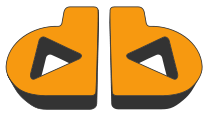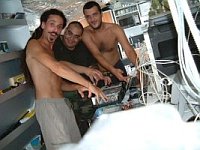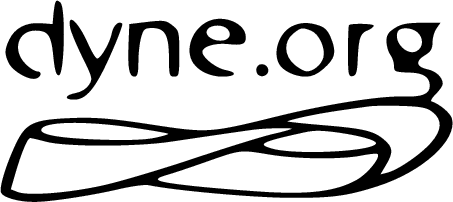
 printable page
printable page
The Laws of Free-Trade dictate that when you exchange money for the purchase of any item, that item belongs to you without strings attached.

Mobile communication objects sold worldwide are restricted. Such mobile communication devices constitute nowadays the widest network around the globe, mostly used by citizens for private communications.
1. For an extensive analysis on the topic see "The Next Idea of the Artist" essay by Rana Dasgupta (2008) published on the catalogue of the Liverpool Biennial
2. The Post-Futurist Manifesto. Franco Berardi, February 2009


Back in 1984 Richard Stallman, with help by Eben Moglen and others, drafted the GNU General Public License, granting users the rights to:

The Tagtool is an open source instrument for drawing and animation in a live performance situation.
The project aims to explore digital drawing as a means for communication - on stage, on the street and over the Internet.
The Tagtool is in use as a visual instrument in theatres, youth centers, at jam sessions with musicians and for performances in public spaces. It serves as a VJ tool, a creative video game for children, and an intuitive tool for creating animation.

The Reactable uses a so called tangible interface, where the musician controls the system by manipulating tangible objects.
The instrument is based on a translucent and luminous round table, and by putting these pucks on the Reactable surface, by turning them and connecting them to each other, performers can combine different elements like synthesizers, effects, sample loops or control elements in order to create a unique and flexible composition.

Arduino is an open-source electronics prototyping platform based on flexible, easy-to-use hardware and software.
It's intended for artists, designers, hobbyists, and anyone interested in creating interactive objects or environments.
Arduino can sense the environment by receiving input from a variety of sensors and can affect its surroundings by controlling lights, motors, and other actuators.

The dyne:bolic GNU/Linux liveCD multimedia operating system, developed from scratch since 2001 with the following focus:

No production or merchandising was ever planned for the distribution of this system, still as of today we count more than 1 million copies on printed CDs all around the world.
One of the few 100% free (libre, or in other words entirely freedom-respecting) GNU/Linux distributions that are recommended and mirrored by the Free Software Foundation worldwide, along with BLAG, gNewSense, Ututo, Musix and GNUstep.
The Independent UK lists us as Top 10 open source project in 2005, besides other projects as Wikipedia, Sourceforge, XVid, Gimp, Apache, Mediawiki, Firefox, OpenOffice:
....
Most of the world's computers use Microsoft Windows as the operating system. Despite its popularity, Windows does have drawbacks - cost and security holes, for starters. There is a free alternative: the geeky Linux/GNU. In the past it was known as reliable but hard to use. Dyne:bolic is a multimedia studio on a CD that you simply pop into any computer and start it up, instantly turning it into a Linux/GNU system without affecting existing things on your computer.
An ideal Semantic Square (Greimas' Rectangle) to play with:


Netherlands Media Art Institute (NIMK) - R&D
Jaromil's musings on http://jaromil.dyne.org/journal
HINEZUMI / Freaknet Medialab / Poetry Hacklab
Thanks, a thousand flowers will blossom!

|


|




|
 copyleft 2000 - 2009 dyne.org
foundation and respective authors. Verbatim copying
and distribution is permitted in any medium, provided
this notice is preserved.
Send inquiries & questions to dyne.org's hackers. copyleft 2000 - 2009 dyne.org
foundation and respective authors. Verbatim copying
and distribution is permitted in any medium, provided
this notice is preserved.
Send inquiries & questions to dyne.org's hackers.
|

|